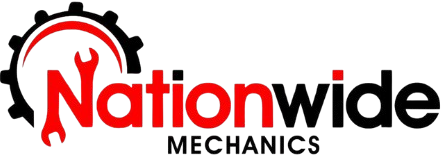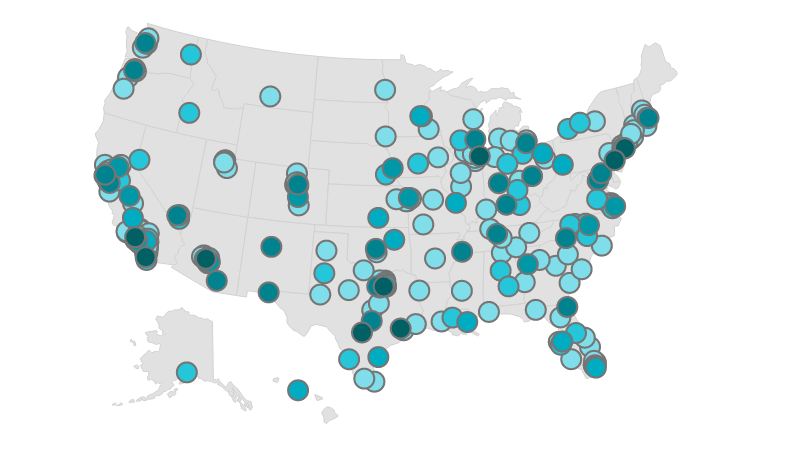What Is the Drive Belt Tensioner and How Does It Work?
The drive belt tensioner is a pulley mounted on a spring mechanism or adjustable pivot that maintains constant tension on your drive belt—the long belt at the front of your engine. This tensioner presses against the belt’s surface, ensuring it stays tight as it drives essential components such as the alternator, power steering pump, and air conditioning compressor. At Nationwide Mechanics, we connect you with skilled mobile mechanics who can inspect and replace your drive belt tensioner conveniently at your location.
Keep in Mind
Drive belt tensioners typically come with pulleys, and they are usually replaced together. Because replacing the tensioner often requires removing the drive belt, a mechanic may also recommend replacing the belt during the same service.
How the Service Is Performed
- Listen for engine noises such as squeaking or grinding that may indicate tensioner issues
- Remove the drive belt(s) as needed
- Inspect drive belt pulleys for wear or damage
- Check the drive belt tensioner’s condition and functionality
- Remove and replace the tensioner if found faulty
- Start the vehicle to confirm the noise is resolved and proper operation is restored
Our Recommendation
Your drive belt tensioner should always be inspected whenever the drive belt is serviced. While tensioners generally last longer than belts, replacing or inspecting the tensioner during belt service helps maintain a healthy drive belt system and prevents unexpected failures.
Common Symptoms Indicating Drive Belt Tensioner Replacement
- Persistent squeaky or grinding noise upon engine startup or operation
Importance of This Service
The drive belt powers critical vehicle systems like the air conditioning, power steering, and alternator by transferring engine power to these components. The tensioner ensures the drive belt maintains proper tension for consistent operation. A failing tensioner results in decreased belt tension, causing reduced performance and potentially leading to system failures.




